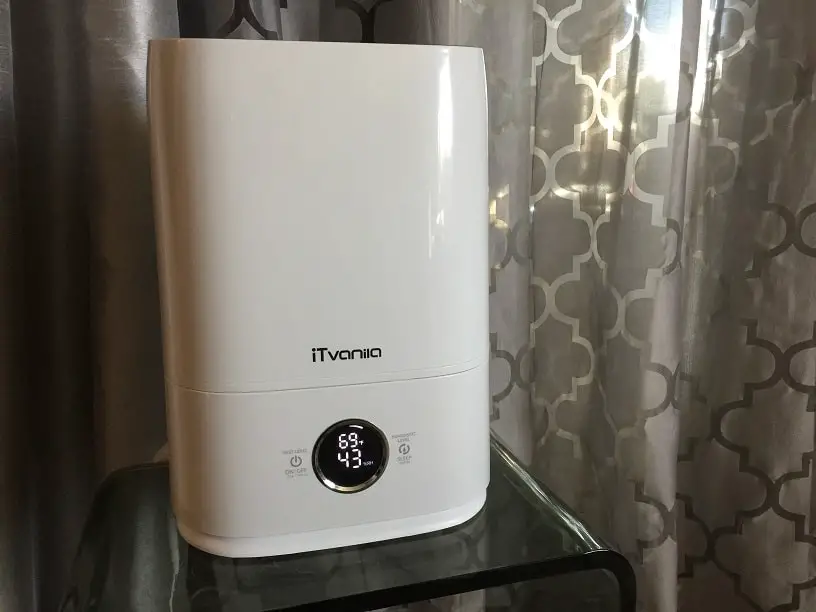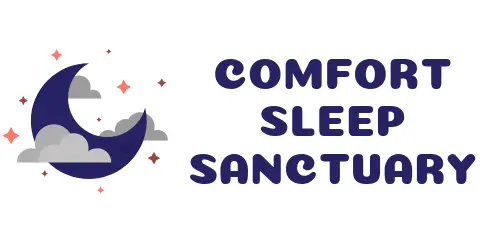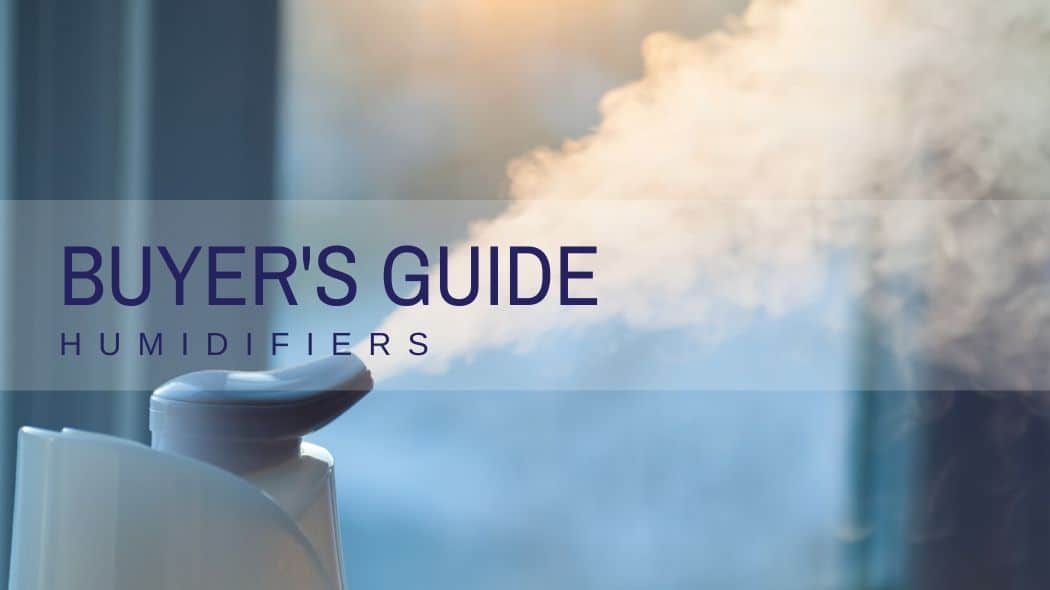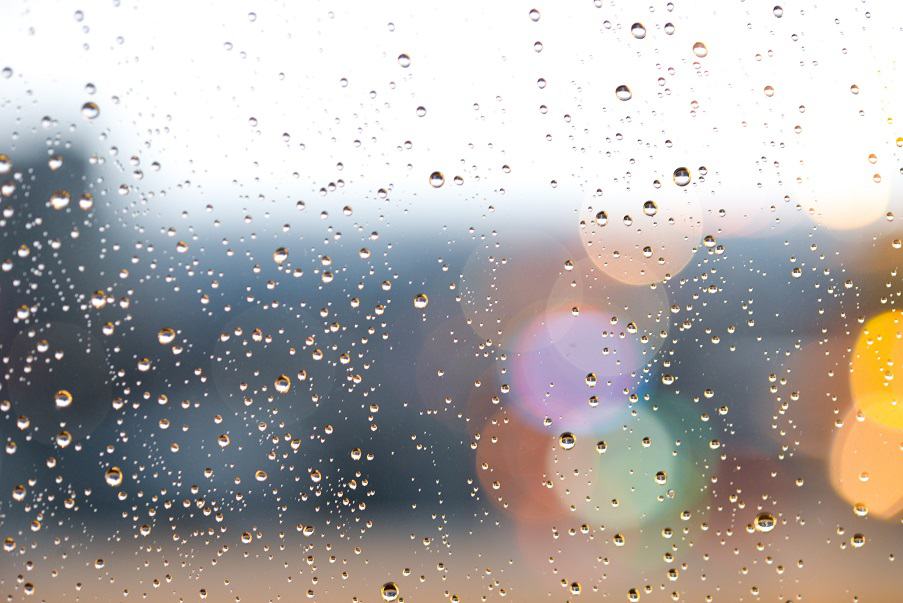**This post contains affiliate links and I will be compensated if you make a purchase after clicking on my links.
For health and comfort, the ideal humidity level is between 30% and 50%. However, this may be difficult to maintain in the dry winter months.
The easiest way to adjust humidity is with a portable humidifier. Fill it with water and turn it on.
Humidifiers come in different sizes (and different price points) depending on the area you wish to humidify, whether it’s a small bedroom or your entire house.
Keep in mind that in severely dry conditions, these humidifiers may only move the needle a little bit.
Features to look for, include a hygrometer that measures the humidity and automatically turns the humidifier on or off as needed. I purchased one with this feature, but in the end didn’t find it too useful.
Unlike temperature, humidity levels change slowly. More likely, you’ll decide it’s too dry, then run your humidifier until the tank runs dry. Then decide whether to start it up again based on the current humidity.
Speaking of running dry, all new humidifiers have an auto shut-off.
If you’re running it in the bedroom take note of how quiet, it is. Again, new humidifiers run very quiet.
Also note if it has a “sleep” feature where most, if not all, of the lights can be turned off to keep the room dark. Usually there is still one tiny LED light left, so complete darkness may not be possible.
Some humidifiers will include a small tray with a pad where you can apply a few drops of essential oils if you wish.
Most essential oils, while relatively “safe” for humans when used correctly, may be highly toxic to both cats and dogs. This is especially an issue when dispersed into the air where pets may inhale the vapor or walk or sleep on surfaces where the water droplets land.
Even if you don’t have pets, it’s not recommended that you disperse scents for more than thirty minutes at a time. After 30 minutes you become completely desensitized.
Most humidifiers produce a cool mist. Some produce warm mist. As the mist is room temperature by the time it hits your lungs there is no benefit to warm mist. Indeed, the Mayo Clinic recommends NOT using warm mist with children.
To avoid the growth of mold and bacteria, keep your humidifier clean. When not in use, empty the tank and let the entire thing dry out.
Ideally, use distilled water in the tank. This will extend the life of your humidifier by avoiding deposits of minerals.
However, considering the large amount of water I go through, I do not bother.
Some humidifiers require filters that you’ll need to change; some do not.
Also, most humidifiers have a cap for the water reservoir. This cap may or may not be the size of a cat toy… Beware, if you “lose” this cap, you can no longer use your humidifier… Just saying…
- iTvanila Cool Mist Humidifier. Essential oil diffuser, 5 L, automatic humidity, whisper-quiet (< 28 decibels), filterless. 28-51 hours of continuous operation (3 settings). Low voltage (24V) for added safety. “Sleep mode” with low mist and minimal LED lighting.

I’m quite happy with this humidifier that I run continuously during the dry season. Note this one has a 5-liter tank. Obviously, if you run this on the highest setting, you’ll be filling the water tank daily.
If conditions are very dry, I don’t notice a huge increase in humidity; perhaps only a 5-15% increase. But most of the time, this is enough to keep you in the comfort zone.
Here are some other models I considered:
- TaoTronics Humidifier. 26 dB ultra-quiet, 6 L, wide opening for easy cleaning and filling. Night light. (Note: nightlight doesn’t appear to turn off.)
- BOYON Ultrasonic Cool Mist Humidifier. Top fill, humidistat for automatic adjustment, 5 L. LED display with nightlight (that turns off in sleep mode)
- Ibyone Cool Mist Humidifier. Essential oil diffuser, 6 L. 7-color LED nightlight (that shuts off). Contains a standard-sized water filter that will need to be replaced at some point.


